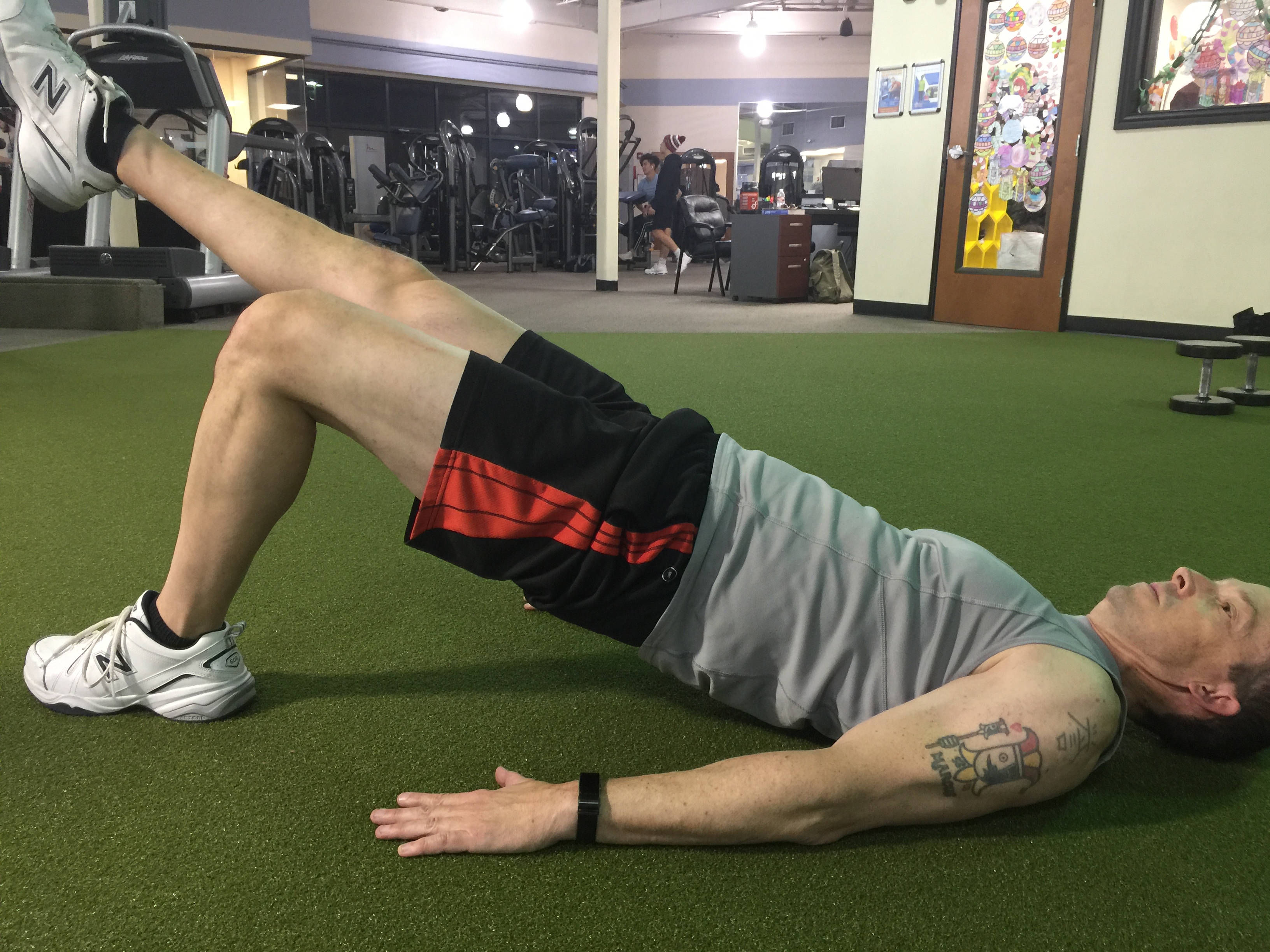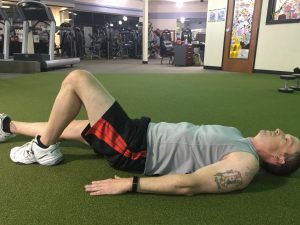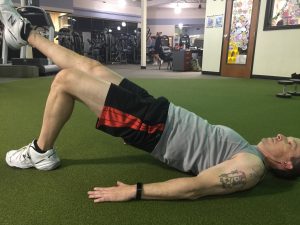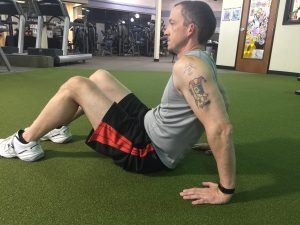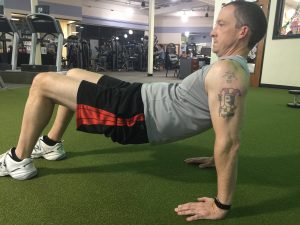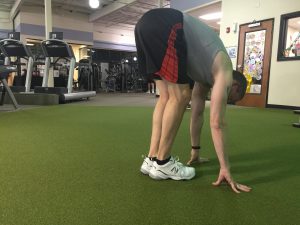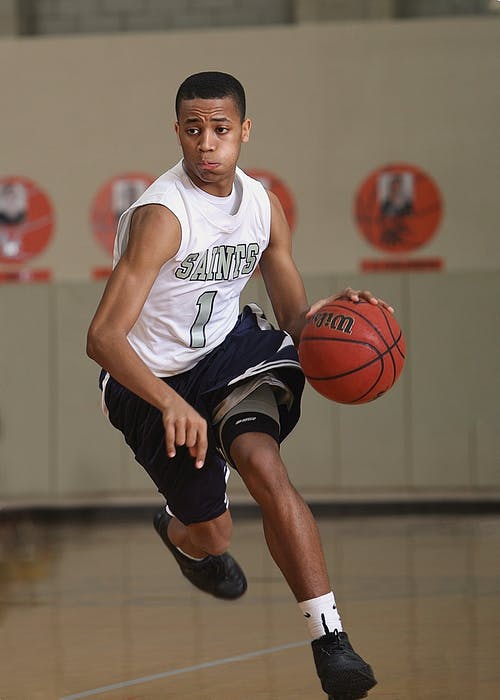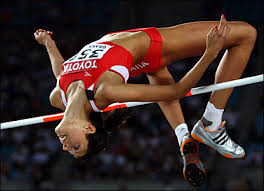Hamstring injuries are a concern for the sprinting athlete. Not only are these injuries incapacitating, but there are very likely to reoccur. If we can prevent those injuries we can help keep our athletes on the field and keep them effective.
Recall what the sprinting motion looks like. The athlete has pulled their center of mass over he plant foot. As that happens the plant foot leaves the ground and moves into dorsiflexion. The heel is then brought up to the athlete’s hip, this shortens the lever for moving that leg forward quickly. From here the athlete “steps over” the opposite knee, which causes the lower leg to uncouple from the upper leg. Then the athlete drives a rigid leg towards the ground (where the foot strikes) and the process begins again.
It’s the uncoupling motion that many people think is the cause of hamstring issues during sprinting. The thinking here is that there are several things going on during the uncoupling (which is taking place in a fraction of a second). First, the hamstrings are lengthening as the knee extends. Second, the hamstrings are executing a fast eccentric contraction to slow the lower leg down. This is why we don’t hyperextend our knee when we sprint. Third, the hamstrings are preparing to extend the hip forcefully to drive the foot down towards the ground.
Because of the above, the thinking today is that one of the solutions to this is to make the hamstrings stronger in the lengthened position. In the weight room we do this with hip extension exercises (your so-called hip hinge exercises). So, for example, Romanian deadlifts and good mornings would be great exercise to address this. On the other hand, leg curls would not be good exercise to address these.
These are not the only kinds of exercises that can be used to help address this. This blog is going to show you several bodyweight exercises that can be used in the weight room, during warm ups, and on the field in conjunction with speed work.
Hip bridges:
Begin this exercise by lying on your back. Flex your left knee and hip. Your left foot should be flat on the ground. Straighten your right leg. Now, push off using your left leg and lift your hips up off the ground. Lower and repeat, then switch sides after the desired number of repetitions.
This exercise can be done anywhere. This is a great exercise in the weight room when you have a large number of athletes using the squat racks and/or platforms at the same time. For example, athlete A may be squatting, athlete B may be spotting, athlete C may be doing kettlebell swings, and athlete D may be performing hip bridges.
Crab walks:
Sit on the ground with your knees flexed. Your feet should be flat on the ground. Place your hands on the ground next to your hips. Now lift your hips up off the ground. Keeping your ups, walk either backwards or forwards for the desired distance. I like to do these for 5-20 yards on each set.
These are conducive to group warm ups, conditioning sessions, and speed training. They work well in lines. These could also be used on a conditioning session for fun games. Does anyone remember crab soccer from elementary school? Have a football team play it as part of conditioning day; it would be fun, competitive, and a great workout.
Inchworms:
Begin in the push-up position. Keeping your legs straight, walk your feet towards your hands. Keeping your legs straight, walk your hands forward. Continue for the desired distance. Again, I like these for 5-20 yards on each set.
This is another exercise conducive to group warm ups, conditioning sessions, and speed training. These also work well in lines.
Nordic leg curls:
This is an old favorite of many. You need a partner for this exercise. Begin this exercise sitting up, with your knees on the ground and your lower legs behind you. Have your partner hold your ankles down. Try to keep a straight line from your knees to your shoulders. Maintaining that straight line, lower yourself towards the ground. The idea behind this exercise is to take as long as possible to lower yourself towards the ground. This is an exercise that you want the athletes to be warmed up for prior to performing it. I like these for sets of 3-5 reps. Many athletes are pretty solid on the first rep, but after that fatigue sets in quickly.
I’m personally not a huge fan of this exercise. I’m always concerned that it takes a lot of warming up prior to performing it. But, if it were to be used it’s a great supplemental weight room exercise.
For the sprinting athlete, the foundation needs to be on the warm up (marches, leg swings, etc.), track/field work (skips, straight leg bounds, bounds), strength training (squats, hip hinges), and stretching. However, there is also room for many of the exercises described here.

